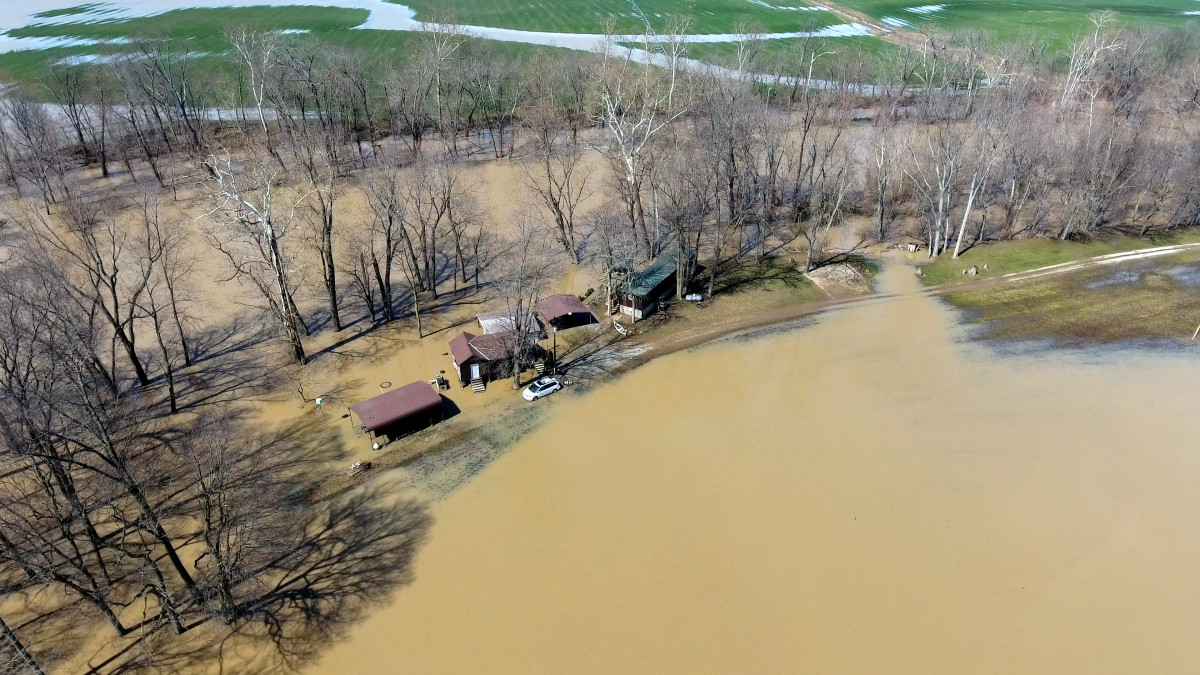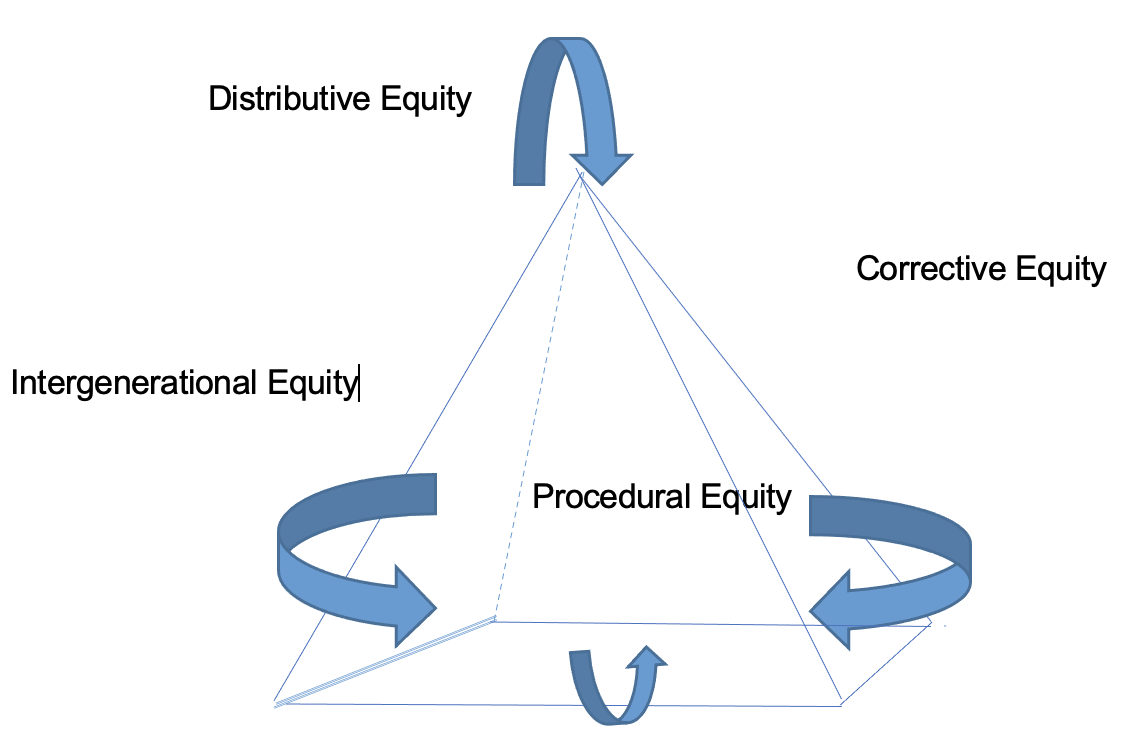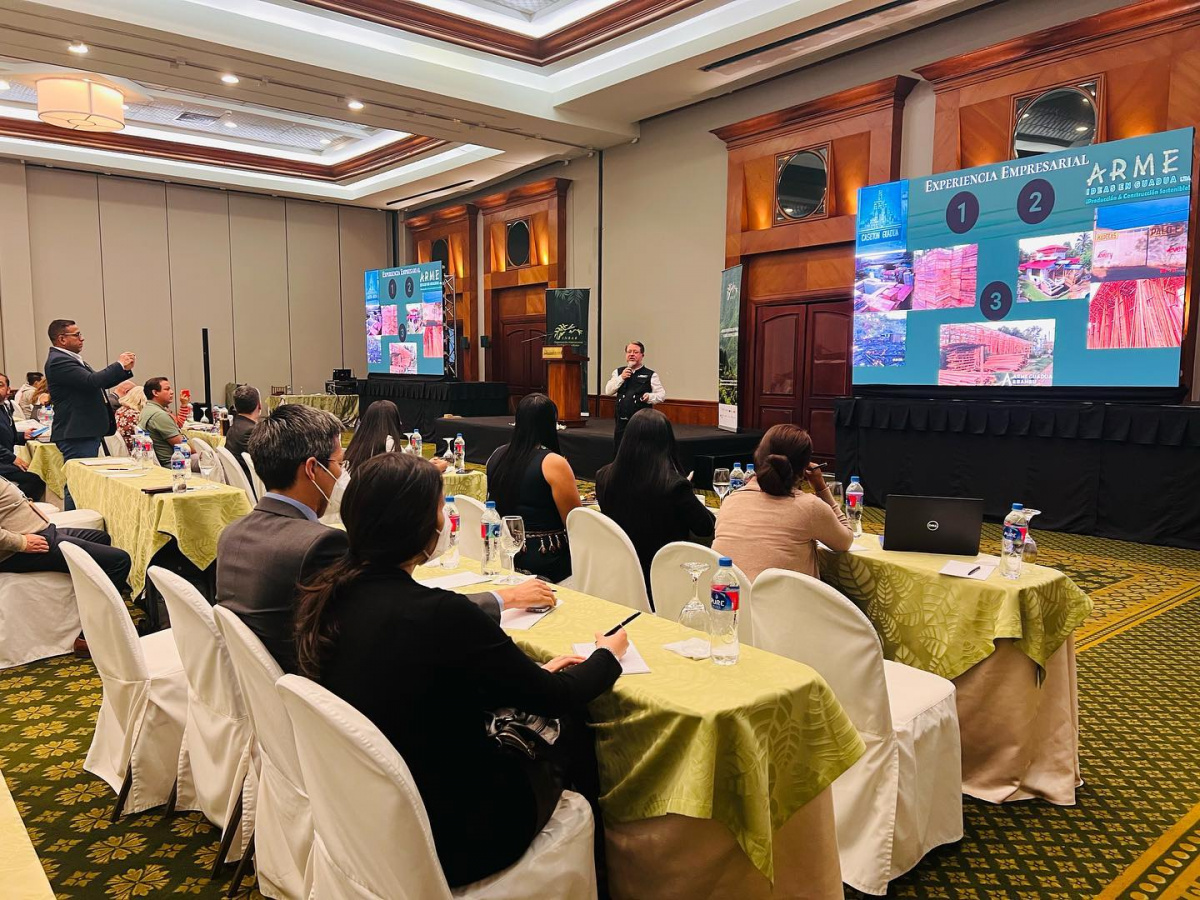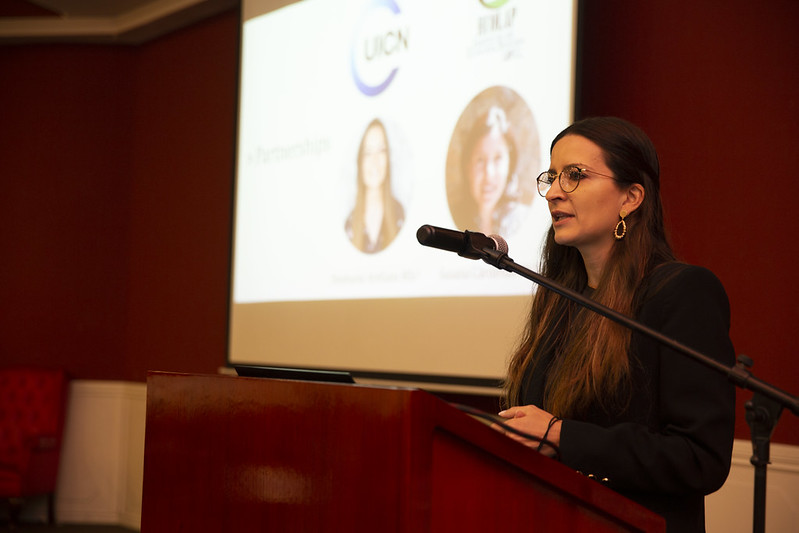Climate Equity or Climate Justice? More than a question of terminology
By Rosa Manzo - Equity is a central element to the climate change problem, it corresponds to the complexity of the problem and it attempts to address the inherent unfairness of the problem: it is multifaceted by addressing several issues. A call for an equitable climate change regime ties together a group of issues that invoke equity: first, equity comes to the fore to protect the most vulnerable people from adverse effects of global warming; second to provide distributive justice among the present generations, as well as the future generations. Third, equity is invoked to ensure an inclusive and transparent negotiation process. So far, the principle of equity has been interpreted synonymously with the principle of common but differentiated responsibilities and respective capabilities (CBDR/RC). The adoption of the 2015 Paris Agreement challenges the common understanding of the principle of equity in the climate change regime.

Photo: Pixabay
Climate Equity or Climate Justice?
Calls for equity and justice have been frequent since the beginning of international climate change negotiations. Ensuring equity and justice is widely regarded as essential for gathering broad support for any international climate change agreement. Despite this, however, there is currently no common understanding of their meanings. Many have been using expressions such as climate justice and climate equity and they have treated them synonymously, as if they were interchangeable concepts. But is this really the case? The Paris Agreement uses the words “just” and “equitable” in distinct ways, suggesting that they were intended to have distinct meanings.
So what do “climate justice” and “climate equity” mean in the context of the Paris Agreement?
Answering these questions, however, requires that we first answer a set of preliminary questions: why do equity and justice appear to be a central issue in dealing with the climate change problem? Is it correct to talk of an equity issue in climate change or is it more correct to talk of a justice issue in climate change? Does justice or equity play a role in the designing of the international climate change law?
A Climate of Injustice
The first question that needs answering is: Why is justice considered a central issue in dealing with the climate change problem? The answer lays in the nature of the problem of climate change which is inherently unfair. When it comes to climate change the issue of justice can be viewed from multiple angles: the problem of the distribution of emission reduction burdens among States, uneven distribution of adverse impacts over countries and people, impacts for future generations and imbalance in power connected to the negotiation process for the formation of the international climate change regime.
One could intuitively group these aforementioned challenges under the umbrella of climate justice. But is this really the case? Which issues does the concept of climate justice cover?
The International Bar Association adopted the following definition of climate change justice:
“To ensure communities, individuals and governments have substantive legal and procedural rights relating to the enjoyment of a safe, clean, healthy and sustainable environment and the means to take or cause measures to be taken within their national legislative and judicial systems, where necessary, at regional and international levels, to mitigate sources of climate change and provide for adaptation to its effects in a manner that respects human rights”.
It results that the concept of climate justice encompasses a set of rights and obligations, which corporations, individuals and governments have towards those vulnerable people who will be in a way significant disproportionately affected by climate change.
From all above emerges that the issue of justice is intersected with climate change in different ways. The first one is that climate change represents itself as a problem of justice originated from the uneven distribution of its adverse effects on countries and generations, different contributions to GHG emissions, and uneven capabilities to deal with the consequences. The second one is that the term “justice” makes up an essential component of the notion of climate justice which groups a number of issues concerning the legal protection of those who are more vulnerable to the adverse effects of climate change.
There is an additional level where justice interweaves with the climate debate and this level specifically regards the role of equity in designing the international climate change regime.
The Equity Prism
By being incorporated so directly in two of the most important treaty provisions equity seems to work as an essential part in shaping the treaty obligations. Indeed, the implementation of important provisions of the Paris Agreement (see Artt. 2, 4, 14) has to comply with the equity requirement set by the same provisions. In a few words, this shows the way equity plays an important role in shaping the treaty obligations.
At this point one might ask the following question: how should equity be understood in international climate change law? Does equity play any role in the context of climate change law?
 Photo: Rosa Manzo
Photo: Rosa Manzo
Hence, equity enjoys a specific content in the context of international climate change law. Equity is made up of four principles: the principle of corrective justice, the principle of distributive justice, the principle of procedural equity, and last but not least the principle of intergenerational equity.
One could picture climate equity as a prism with the issues of distributive justice, inter-generational equity, corrective justice and procedural equity making up its faces. This brings us to the hypothesis that equity in climate change should work as an operational principle, rather than being just a desirable outcome. In this way equity requires to be implemented through the interpretation of the international climate change regime by means of the lenses of the Equity Prism.
So far the NDCs submitted by Parties to the Paris Agreement have shown a very shallow and vague implementation of the equity requirement. Would the next COP 26 be able to direct towards a more substantial implementation of the equity requirement, perhaps in light with the Equity Prism?
About the Author
 Photo: Rosa Manzo
Photo: Rosa Manzo



